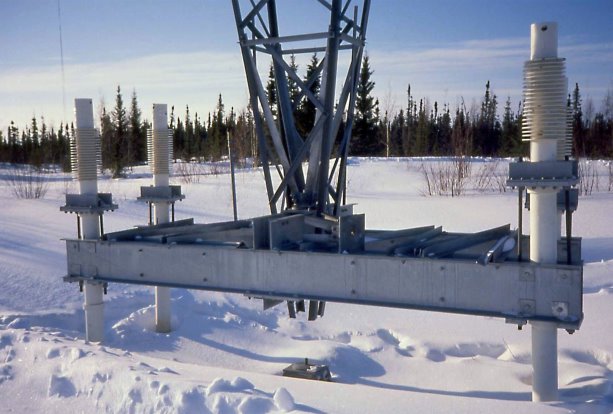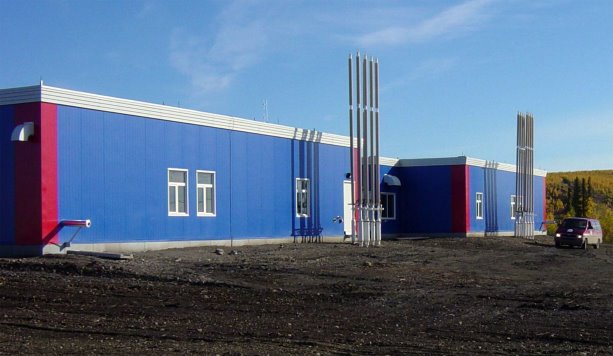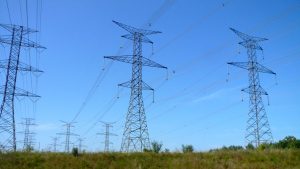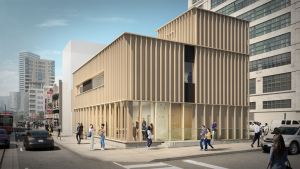Northern builders don’t hate permafrost. They hate building on permafrost that melts and heaves underneath a structure after it’s built.
Arctic Foundations of Canada in Elie, Man. has been promoting a solution since 1985, offering thermosyphons to create permafrost, prevent it from thawing and eliminate frost heaving.
"Building anything on permafrost soil, you could put all of the insulation you want on that soil thinking that you’ll protect it from thawing," says Colin Vann, one of three partners in Arctic Foundations of Canada.
"But what you’re actually doing is starving it from natural atmospheric freezing conditions, so the permafrost melts."
The concept behind thermosyphons is simple. An aluminized metal tube up to eight inches in diameter is filled with liquid carbon dioxide under pressure. The tube is buried vertically with much of the device sunk below ground. Pressurized CO2 below grade boils at -30 C and begins to evaporate, rising as vapour and drawing heat from the soil. The cooler CO2 condenses into liquid, descends and continues the cycle — no external power or moving parts required.
Calculating the requirements of each project requires specialized knowledge, says Vann. Engineers take into consideration soil temperature and consistency, ambient temperature, and the volume and depth of soil that must be kept frozen. Appropriate size, spacing and location of the thermosyphons ensures adequate freezing.
The company builds, supplies and installs four thermosyphon configurations for the Canadian market:
Sloping evaporator Thermo Probes, which incorporate pipes that are angled underneath the ground to extend beneath slab-on-grade structures.
Flat loop configurations, which combine vertical thermosyphons with horizontal 3/4"-steel pipe loops to keep large areas frozen.
Hybrid Thermo Probes incorporating mechanical refrigeration. The units employ traditional refrigeration to freeze soil rapidly until passive cooling takes over.
Thermopiles, which are load-bearing thermosyphons designed to increase the shear strength of soil through freezing.
"We’ve used thermosyphons in projects ranging from stabilizing roads and rail lines to freezing dams, maintaining the ice at northern hockey rinks and creating below-grade frozen barriers to contain contaminants," says Vann.
A high-profile application is the abandoned Giant Mine in Yellowknife, where the company’s thermosyphons — both passive and hybrid — were installed as part of a pilot project to permanently freeze groundwater at an underground dump of arsenic tailings.
"Freezing chills the rock so that any water trying to enter or leave through crevices in the rock surrounding the arsenic will freeze and self-seal," says Vann.
"After the first year of freezing, our mechanical plant was no longer necessary and hasn’t been required for five years."
Other projects include the Inuvik Regional Hospital and both the Iqaluit Airport and RCMP headquarters in Iqaluit.
While thermosyphons have an extensive history of successful applications, Vann says that knowledge of the technology still hasn’t fully filtered through the Canadian construction industry.
For more than a decade, engineers could have visited his property just west of Winnipeg for proof that the technology works.
"One of the first things we did when we bought the company was to create a test site using a number of configurations on my property," says Vann.
"Even in this climate, permafrost started to develop with passive technology alone. Each year more of the soil was frozen than could thaw in the summer, until we reached equilibrium. But after 15 years, we finally got tired of looking at that patch of permafrost and took the installation down."






Recent Comments
comments for this post are closed